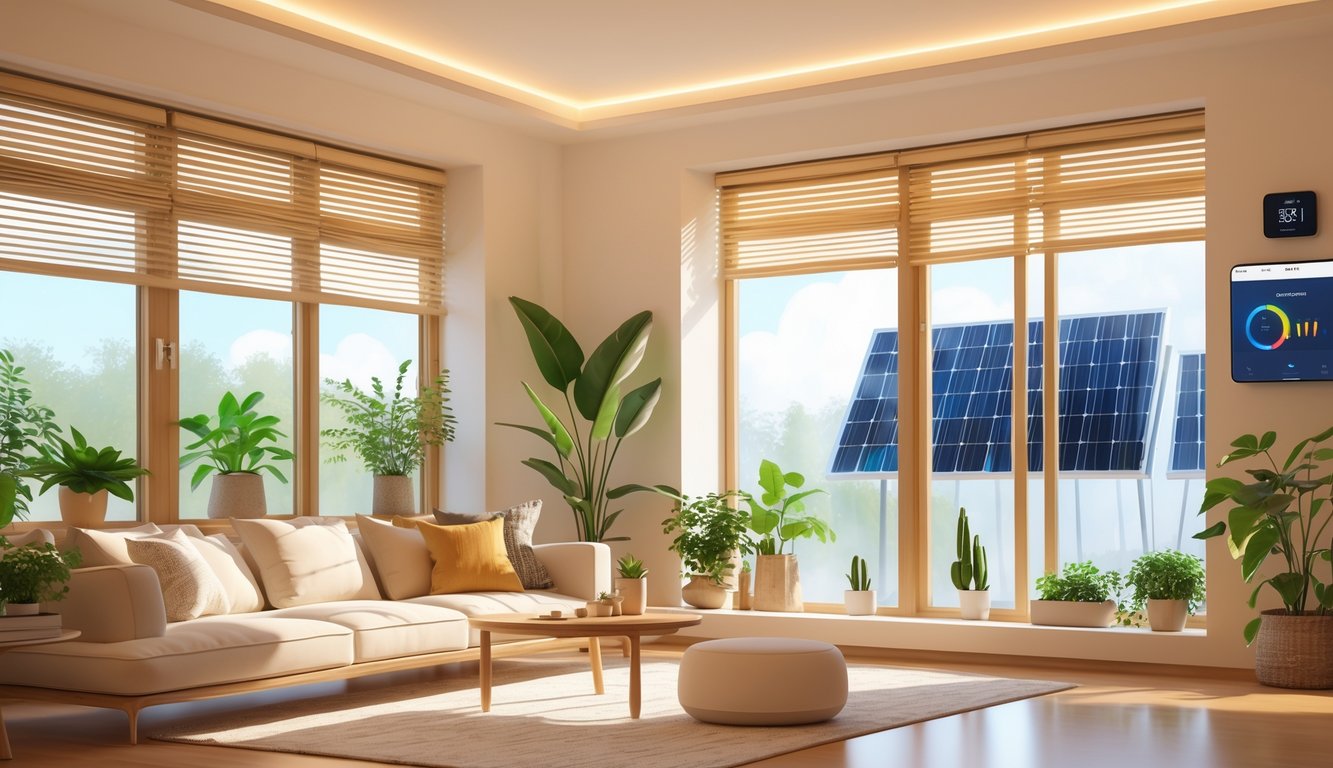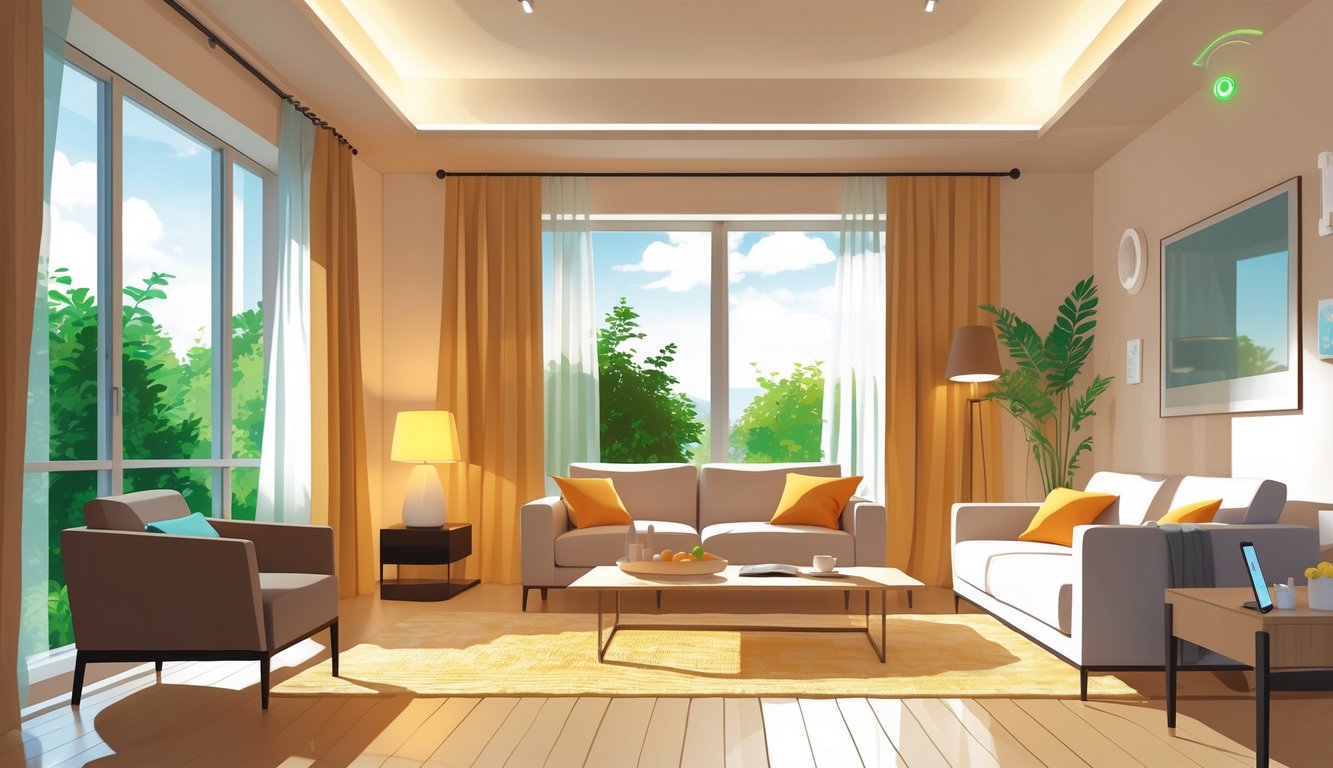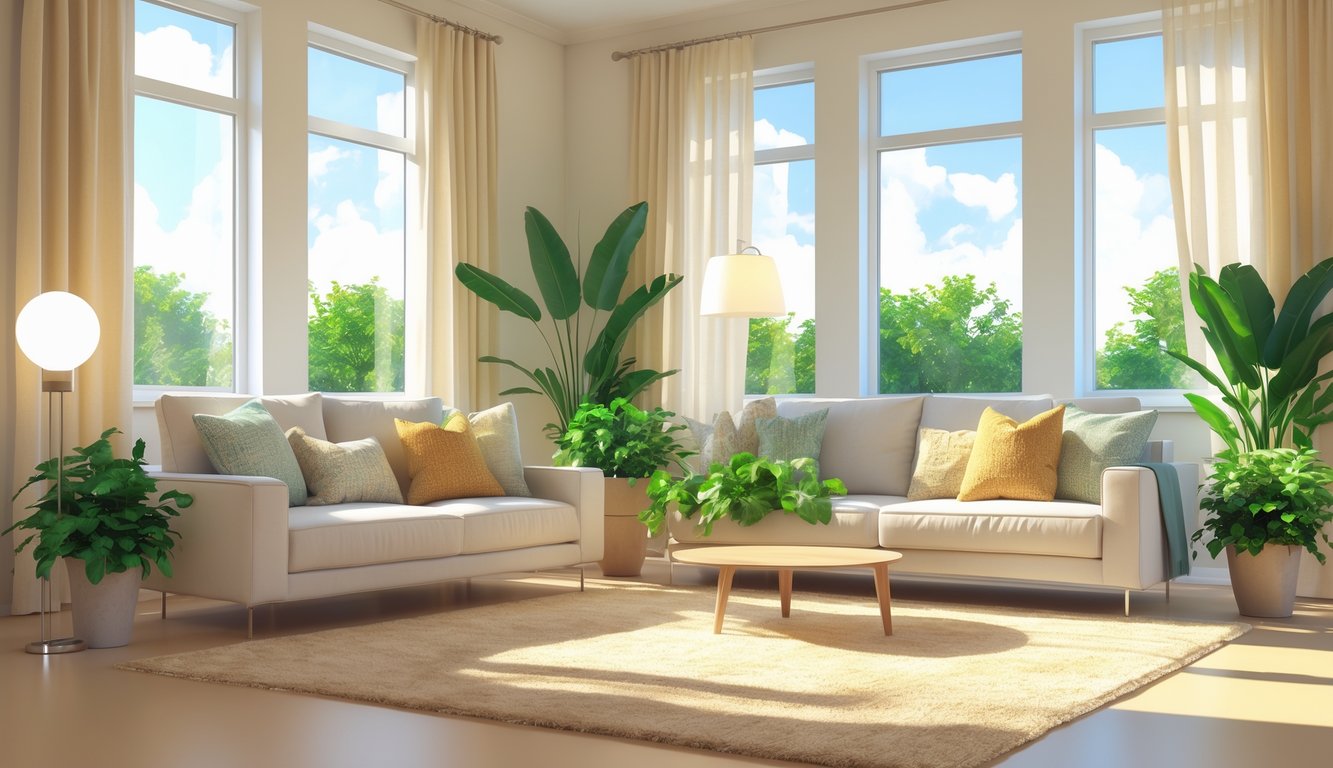
Swapped out every ancient lightbulb last month. LEDs are supposed to slash energy costs by 80%—yeah, sure, but who’s actually verifying that? The dude at Home Depot? Doubt it. Meanwhile, there’s this draft that sneaks through my living room window and honestly, it’s infuriating—blankets everywhere, still losing the battle with the thermostat. I keep trying these tiny, allegedly “smart” decor swaps—like smart thermostats, insulated curtains, or those Energy Star appliances—and, okay, they do seem to slow down the energy bill climb without wrecking my mood or wallet. Mayo Clinic loves to say natural light boosts my mood, but the electric bill’s basically screaming, “Shut the curtains!” Now my plants just glare at me all day.
Picture this: I swap out a shower head, barely thinking about it, and suddenly my water heater chills out. Tried the High Sierra 1.5 GPM shower head—supposedly cuts water use in half, but, eh, jury’s out. Also, installed a smart plug for lamps while waiting for coffee. My latest annoyance? This weird energy monitor I bought. Is it saving me money or just feeding me more anxiety graphs? No clue.
Ever wonder if swapping a single fixture or installing motion sensor lights is even worth it? Same. My cousin claims her insulation upgrade paid for itself in two winters. I tried to check her math. Maybe? Maybe not? The point is, these tweaks aren’t just for show; they really do change how I use energy—sometimes in ways I barely notice. The trick is sniffing out the upgrades that don’t suck up your time or require a PhD to install. And, yeah, resisting the urge to buy yet another “smart” gadget that needs three apps and a firmware update. Been there. Lost the remote. Still mad.
Why Smart Decor Swaps Matter for Reducing Energy Bills

Here’s my headache: I change all my bulbs, open the bill, and still want to cry. Energy-efficient appliances aren’t just marketing—they actually shift the numbers. Smart home stuff (Kasa Smart Plug, Energy Star dishwasher, whatever) isn’t just about looking “green.” It’s about paying less, tossing less energy out the window, and maybe feeling a tiny bit smug.
Understanding Energy Consumption at Home
Let’s be honest, no decor swap—lighting, curtains, whatever—helps if your habits and layout are just bleeding electricity. I tried tracking usage with a plug-in meter once. Forgot about it for a week. That’s why I like smart thermostats (the US Department of Energy claims up to 10% savings on heating and cooling). They automate what I’ll never remember to do myself.
Nobody ever tells you sunlight is basically free heat. But people close their blinds at 2pm, then complain about the heating bill. Rearranging a workspace near a window feels like a pain, but, yeah, natural light actually helps. My friend put up reflective film last winter, swears his heating bill dropped 7%. He sent me receipts. I’m still skeptical.
The Link Between Decor Choices and Energy Efficiency
Some nights I stare at my blackout curtains and wonder why I can’t see anything. Sure, great for naps, but then I’m turning on every lamp just to watch the cat knock stuff over. Lighter, reflective curtains push sunlight deeper into the room, so I don’t need as many bulbs. Insulating drapes, draft stoppers, window film kits—nobody buys those unless a stranger on Reddit swears by them, but, yeah, they help.
People call smart plugs gimmicks, but Schwerdtfeger (Homes & Gardens, apparently an eco-expert) says the whole “smart home” thing—controlling heat, lights, appliances—can cut bills up to 15%. I used to hand-wash dishes out of guilt, but my Energy Star dishwasher uses less water and is way quieter. Subtle swaps: plants as insulation, don’t block radiators with a couch, and, seriously, who thought open shelving near vents was a good idea?
Optimizing Your Living Room for Energy Savings

Honestly, your living room’s probably draining your money right now. Not even talking renovations. If swapping out a couple things can cut my bills, I’m all in.
Replacing Old Furniture with Energy-Effective Options
Nobody talks about how my old couch fabric is basically a thermal blanket in July and an ice sheet in December. Energy-rated furniture is a thing—denser foams, lighter fabrics like linen, performance weaves—Consumer Reports says they help with airflow. Got a media console blocking a vent? You might as well just Venmo your utility company extra cash every month. ASHRAE engineers warned me about that at a home show. Didn’t listen. Regret it.
Adjusting layout is weirdly effective. Most of us wedge sectionals right up against radiator grates. Swap to open shelving, let the HVAC breathe—a column in Small Spaces, Big Savings said leggy chairs near vents can drop room temps by 3-4°F. I tried sticking reflective film behind my TV stand. All it did was blind my cat and overheat the wires. Don’t try that.